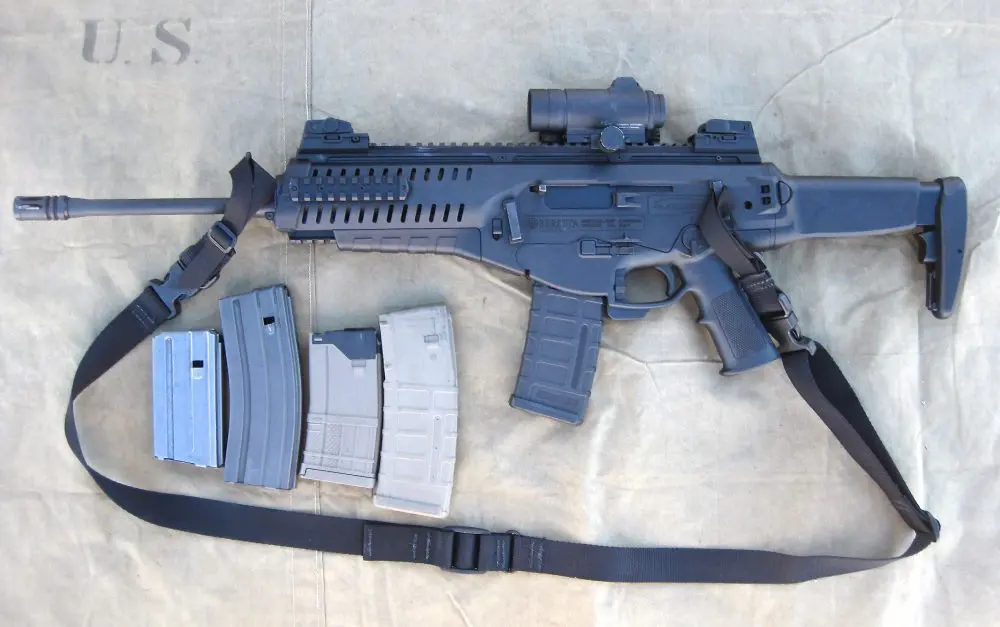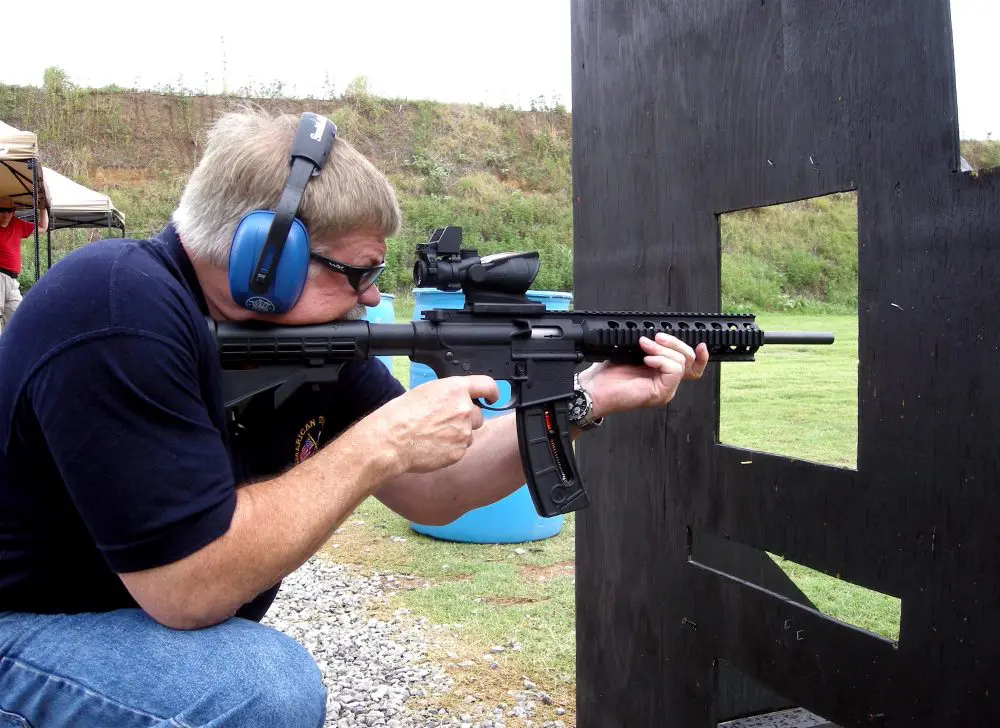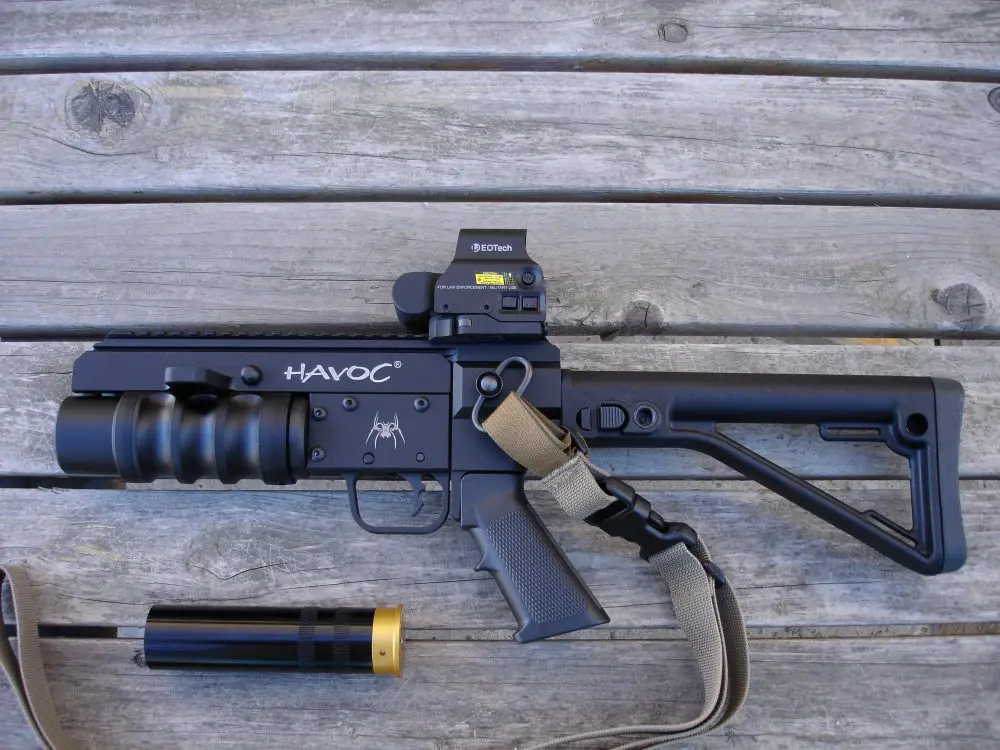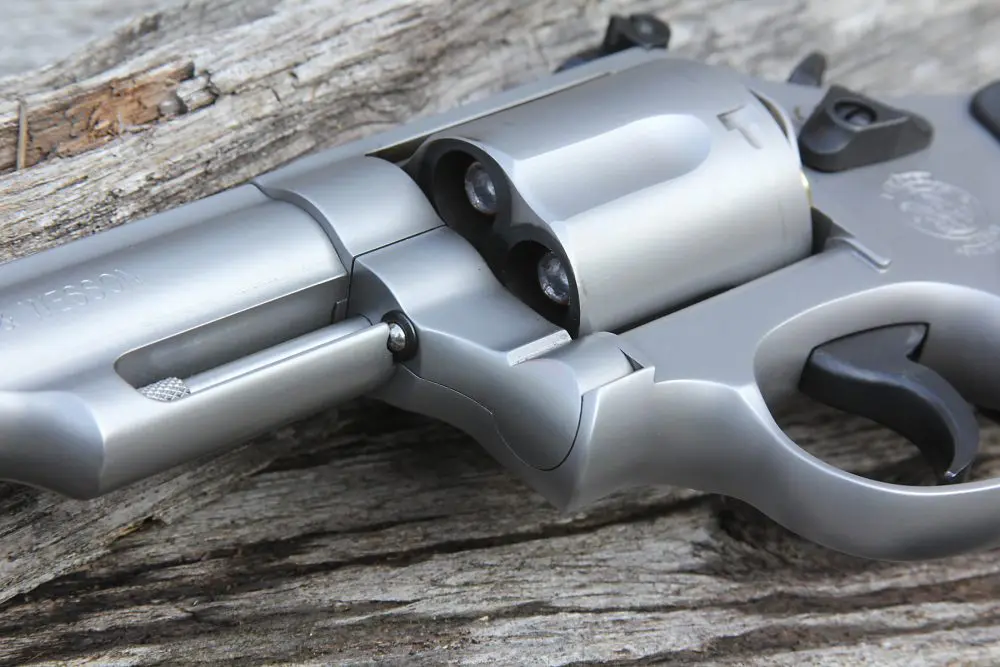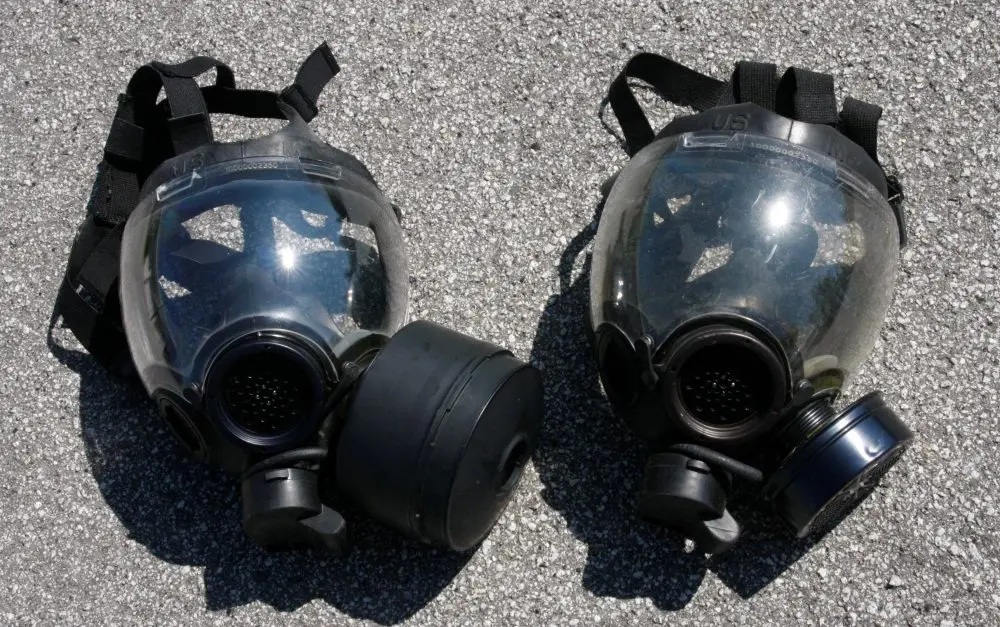Police are well known for being economical. This is an established, scientifically based fact that I have observed on many fronts.
Classic example: Officer “A” in a bar will drop vast sums during the course of one evening’s festivities to increase the chances of having his way with a femme fatale.
Same Officer “A” would never in a million years contemplate disbursing a like amount of funds to purchase a proper light, upgraded weapon, training, or effective level-defeating vest to save his career and quite possibly his future and even existence.
The following is a line I have been confronted with over 100 times: “If the department won’t pay for it, then I’m not doing or getting it! So there!” Fair enough, cupcake.
I’m going to tell you one thing your department/city will most definitely pay for … your autopsy. That’s the bottom line. All officers should bear in mind that many departments and cities, both large and small, have budgets, backward thinking, and myopia when it involves what is realistically required for maximum officer efficiency.
This means the responsibility for your gear and training might very well come down to the individual initiative to be better equipped and trained absent the reliance upon a governing entity to provide such.
Relative to gear, it never ceases to amaze me when I observe substandard equipment issued decades ago still employed by officers in the field. Perhaps they never envision being thrust into a situation wherein such equipment might be brought into play.
Supervision and desk-bound graphite warriors may have no intention of ever being locked into a confrontation—but I wouldn’t bet on it. Life throws situations at us from out of the blue, whether on duty, off duty, or en route from point A to point B. I’ve worked cases where OISs occurred in restaurants, homes, traffic, en route to baseball practice and, well, you name it.
Since most of the articles in this publication deal with tactical stuff and the “golly, gee whiz, I gotta have that for-sure gear,” I’ll distill this down to just two elements—training and the handgun.
Most probably you are not going to be in possession of a rifle or shotgun when things liven up. The vast number of shootings I have worked on in the past 27 years or more incorporate the sole deployment of the handgun. Not the rifle, not the shotgun, but rather the handgun. And that’s it!
I would venture to say that in my experience, this would apply to the high 90s percentile of shooting cases. Good luck with the .380 auto super-lightweight compact or the five-shot, two-inch .38 Special revolver.
What one possesses at the defining moment is most probably all one is ever going to have for the next intervening seconds. As the average shooting transpires in approximately 2.5 to 3.0 seconds from start to finish, the options are few, if any. What you have at that precise moment is what you have to work with.
This, by the way, applies to field work as well as off duty and all points in between. It must be ordnance that can be run at speed, is accurate, can go to distance, and secure precise shots if called upon. It has to run the gamut.
On the LAPD, officers are given the option of upgrading calibers and pistols other than the Academy issue. The percentage who choose to do so is not as high as one might suspect. As a point of fact, only a small percentage exercise this option. This is their personal choice and, if questioned, the response often is, “If they wanted me to have it, they would have issued it.”
A similar response is given relative to training, which is arguably more imperative than weapons selection. The average officer qualifies with approximately 120 rounds per year. That’s a 30-round qualification course repeated four times during any given year. Nighttime combat is no longer required.
This is analogous to me hitting 120 golf balls on the driving range and then attempting to compete in the Masters golf tournament. One standard might not follow what is actually required to emerge unscathed and successful.
Back in the 1980s, those of us on LAPD who were serious about our careers and safety, let alone avoiding marginal shootings, sought outside training from vetted and qualified individuals. A small number of us paid for our training and travel and did it on our own time.
There’s not a single one of us who looks back to that era and regrets that choice. It paid for itself a thousand times over. What we learned we brought back and disseminated to SWAT and subsequently the department as a whole. We employed the techniques in actual shootings and met with resounding success.
Had I simply utilized the techniques of the Academy, I would not be writing this article. The techniques and methodologies I entered the department with would not have fared very well in any of my shootings.
For many years, I trained and trained hard when on the range and within Metro and SWAT. At some point, the question might arise, “Why am I training so hard when nothing’s ever going to happen?” I queried myself on this exact point.
Seconds after my first shooting, I knew exactly why I had trained so long and so hard. It was for that precise moment when everything was on the line and it was over in fractions of seconds. Without the training I had undertaken, I never would have pulled it off. That’s why you train.
If you’re concerned about your future, train beyond what is “required” by your department!
Scott Reitz is a 30-year veteran of the Los Angeles Police Department and director of the highly acclaimed International Tactical Training Seminars. Course information and schedules are available at their website at www.internationaltactical.com.

